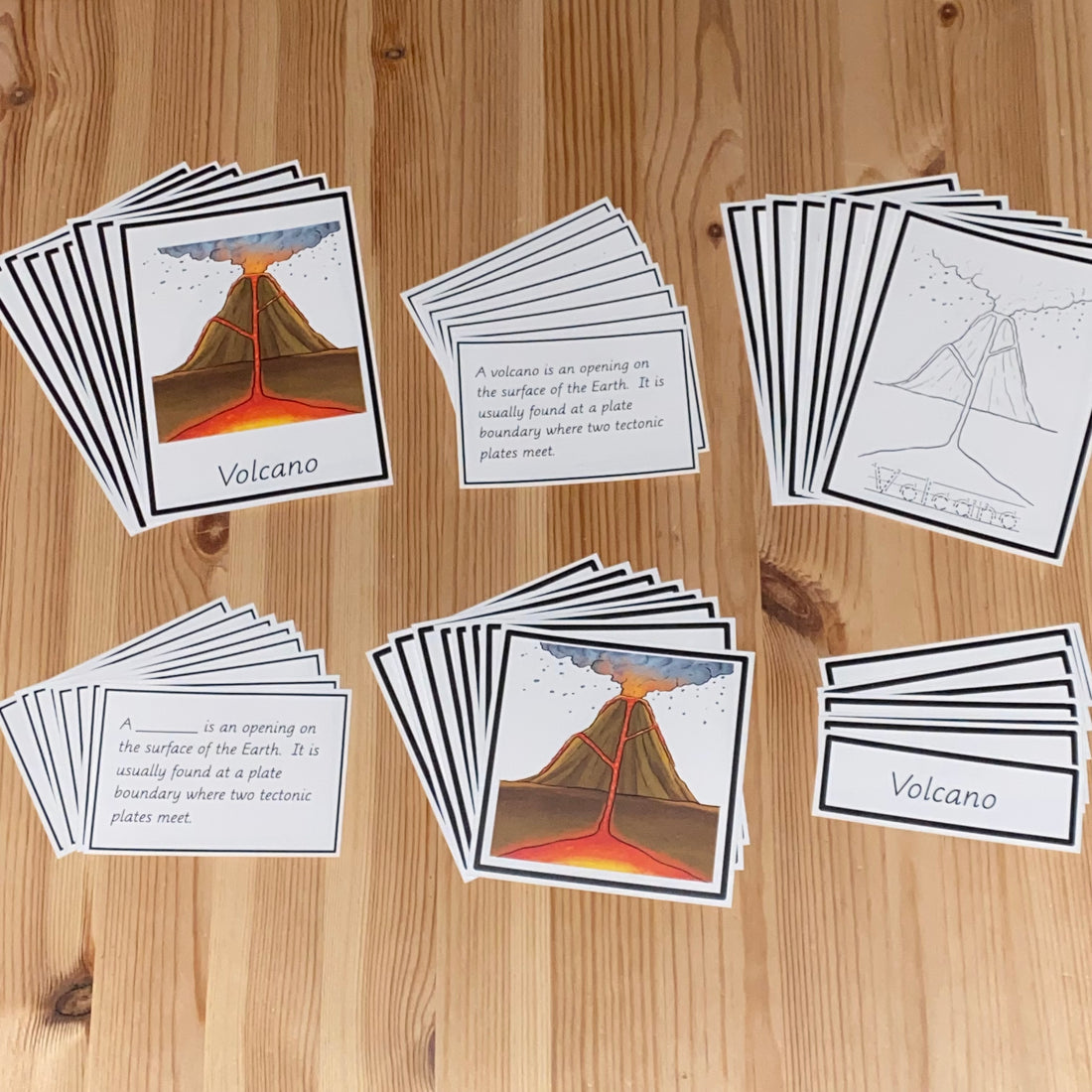
Montessorikiwi Freebies for 6-12. Get your homeschool and elementary resources
Share
If you love a good freebie, you’re in the right place. Did you know that you can have exclusive access to the Montessori Kiwi freebie library? All that you have to do is sign up! Take a peek at 10 of the resources included in my library below to get an idea of what you’ll have access to once you subscribe.
Fundamental Needs through Time
Working on fundamental needs with your students? This graphic organizer asks students to list the different fundamental needs that people have had throughout different time periods including the Greeks, middle ages, and more. It’s important for our students to understand how fundamental needs have stayed the same over time. What has actually changed is how those fundamental needs were met. People during the Renaissance period desired enough money to have food and clothing. Is that not the case for people today as well? The food, the clothing, and how it was obtained may have changed, but the fundamental needs were the same, even years later.

Plate Tectonics Map Matching
Students learn about plate tectonics several times throughout Montessori curriculum, clearly making it an important concept for students to grasp within the Montessori classroom. We find that a great way for students to practice recognising plate tectonics is by using a map of the world. This plate tectonics map matching activity gives students practice with determining where each plate tectonic exists on a map of the world. Please note that this is a simplified map version and should be used as a starting point when introducing plate tectonics to students.

Seasons Mini Book
Your students likely know that the seasons exist, but are they aware of what influences them? This Seasons Mini Book helps students uncover the biology, astrology, and climatology behind the seasons. Learning about the seasons helps students understand how time passes and change occurs. This resource is just a glimpse of the things included in my Montessori Geographic Impressionistic Chart Bundle.

Antonyms Match Up
This Antonym Match Up activity follows the guidelines of a traditional Monstessori matching activity. Students are given a set of colored-coded cards. Half of the cards are gray and the other half are white. Students must read the antonyms and find the card that is their opposite. Three sets of matching cards are included to allow you to have three separate games. Students will enjoy building their language skills and manipulating the different cards to find the correct match. As a variation, students can also turn the cards over and play memory.

2D Shape Properties Sort
If you’re looking for an alternative way for your students to show what they know about 2D shape properties, this sort is ideal. Students must locate the sides, angles, vertices, and lines of symmetry for various 2D shapes. This activity forces students to stop and think about each shape while also holding them accountable for the different vocabulary words associated with shapes (sides, angles, vertices, lines of symmetry).

Fraction Color by Code
Color by Code sheets help students learn all while completing a calming activity like coloring. For this activity, students have an image of a piece of candy. The image has several shapes and designs inside of it which are labeled with different fractions. Students must choose a fraction and then find the corresponding circle graph in the answer key to determine which color they will use for that shape. This activity is useful for helping students review basic fractions.

Who Am I? Animals Match Up Card Game
Students enjoy this Animal Match Up Card Game because they have the opportunity to learn more in-depth details about various types of animals. For this activity, students attempt to match up three types of cards. One card has a picture of an animal, another card has the animal’s name, and the final card has a description of the animal including things such as its habitat, appearance, and what it eats. Students must use the details in the description to determine which animal it is describing. I love watching as students participate in this activity.

Parts of a Volcano
This activity provides students with labeled graphics of the different parts of a volcano. It also includes fill in the blank statements on task cards. Students must determine which part of the volcano is being defined by the statement. Students decide which part of the volcano should go into the blank.

These aren’t the only free resources on my shop. If you’re interested in checking out more for students 6-12 or for students 3-6, be sure to subscribe!